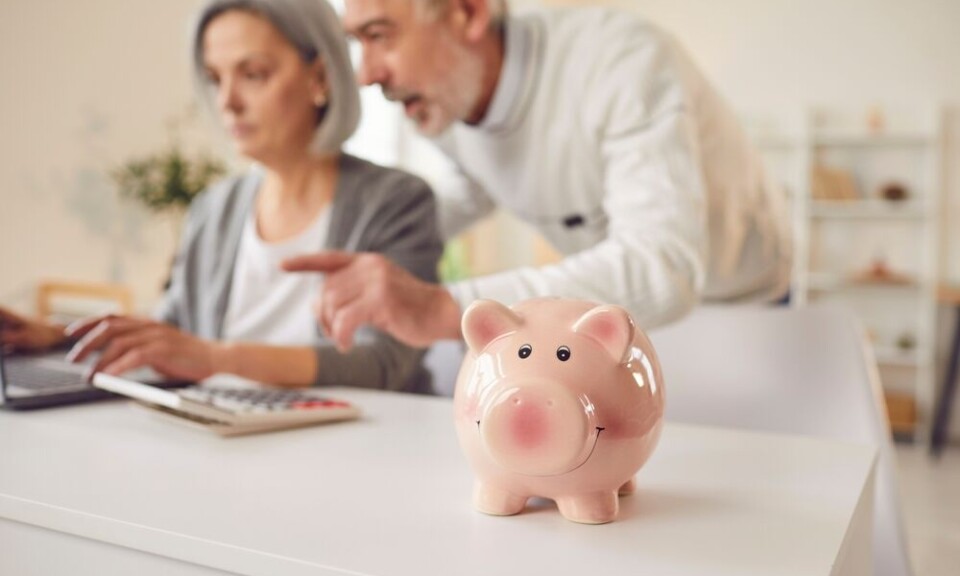How is capital gains tax calculated for en viager properties in France?
Amount is calculated taking account of both increase in value and ongoing 'rent' income
En viager allows the seller to maintain a personal right to live in the sold property
E. Spek / Shutterstock
Reader Question: We bought a house en viager and paid a lump sum plus a monthly figure for 10 years until the seller died. We took possession then, but now want to sell. How is capital gains tax calculated?
In the classic vente en viager, you would have become full owners when the purchase took place, while allowing the seller to maintain a personal right to live in it (there is a less common version where they retain a usufruit, a legal lifetime right to use the property, including renting it out).
In situations such as yours (assuming the property is not your main home, thus exempt) the taxable capital gain is worked out based on the bouquet (lump sum) you paid plus the amount of total monthly ‘rent’ you paid until the original seller died.
This total is compared to the final sale price, to work out the capital gain (if any).
However, if it is better for you to use the price indicated in the purchase deed (ie. because it is higher than the bouquet + rent total), you may do so.
This will have been a market price minus a deduction due to the seller’s lifetime rights.
You can also factor in reductions of the taxable gain for full years of ownership beyond the fifth.





























